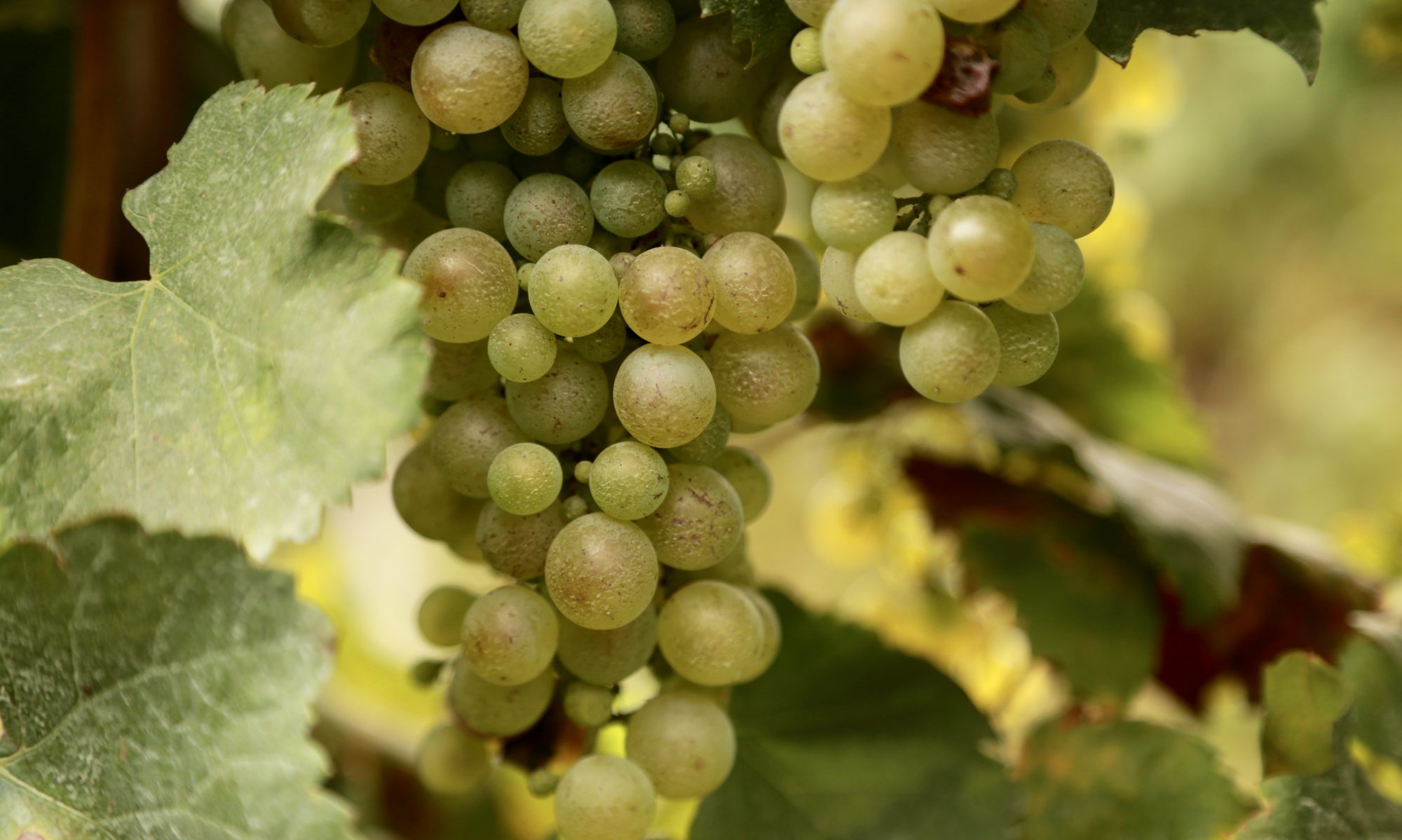Where does Kirkland vodka come from? Is it Grey Goose slumming under another name? Ketel One? Enquiring minds want to know, including mine. Read on to glean the fruits of a morning spent noodling away on the Internet when I should have been doing unspeakable things to bathroom fixtures.
My quest started when I picked up a bottle of Kirkland vodka from Costco. I wasn’t in love with the bottle which was about 10 feet by 6 inches, rather unstable and will not fit in any type of cupboard let alone a home bar. But I was quite smitten with the price, $19.99 for 1.75L.
Got home and gave it a try and—wow! I normally think of vodka as a mixer or the base for a martini on that one day a year I decided I can handle a cocktail that strong. (Note to self: You can’t. Note to readers: Don’t @ me, gin lovers. I have a thing for James Bond, deal with it.) But this vodka is so mellow and flavorful it can be enjoyed on the rocks. You’d almost believe there was a touch of American oak in there, the hint of honeyed vanilla is that strong. In fact, I accused Himself, who was bartender for the occasion, of using a glass that had formerly held bourbon and had been but sketchily washed, which netted me a cold look and a huffy, “Certainly not!”
So, naturally, the next time I found myself before a computer, I went to the interwebs to find out more. And there I discovered that there’s quite a cottage industry of guessing who is/are the brains behind the bottle.
The two leading theories are that it’s made by the same people who make Grey Goose (which costs around $50 for the same size at Costco) or Ketel One.
The Ketel One claim we can dismiss out of hand since that is a Dutch product and the Kirkland vodka is clearly labeled as coming from the Gayant Distillery in the north of France—practically on the Belgian border to be precise, Bonjour! to my fellow detectîf, M. Poirot.
Which gives some credence to the Grey Goose theory since that is also French.
Some credence. Not enough, though, to justify the torrent of nonsense I found that was presented as gospel. For instance, people claiming to know people in the know wrote confidently that Grey Goose is made in Cognac, France, using cognac stills. Yeah, no.
For one thing, vodka is typically made in a column still, not the pot stills used for brandy, known as cognac when it’s made in Cognac.
Also, Grey Goose is bottled in Cognac, using the local water, but it is distilled in the north of France. Here’s a bit more on the Grey Goose story if you’re interested. Grey Goose is owned by Bacardi which a few years back established a foothold in Cognac by buying the d’Ussé brand. Your correspondent was on hand for an opening party thrown by Bacardi which was rather swank although she was in one of her don’t-talk-to-me press trip moods and went home sober as a juge.
Fun fact: I once worked for a company where the big boss was rather crusty but I gave him a pass for the longest time because I thought his name was Bacardi, and after all, how can you hate on a name like that? Turned out to be a different spelling entirely, which just goes to show.
But I digress.
When I got to the northern France bit about Grey Goose I thought, hmmm, could that be the connection? Were Kirkland V. and G. Goose frères under the label?
But a quick hop through Google maps (life before was bleak indeed, children) showed that Grey Goose is made at the Bacardi-founded Valley of Oise Distillery in a place called Origny-Sainte-Benoite whereas Kirkland vodka hails from the aforementioned Gayant Distillery which is in Douais, about 56 miles south of O-S-B.
Does it matter?
To me, no. I’ve always been underwhelmed by Grey Goose, although in all fairness that may because I am cheap. The Kirkland vodka, however, I took to right away and I don’t think that’s all about the Benjamins. Absolut goes for about the same as Kirkland vodka at Costco and I think it tastes like despair taken neat.
TL;DR: Get yourself some of that fine Kirkland Vodka and get busy building a giant drinks cabinet to hold it.
Cheers, thriftily.

